Looking for the best Christmas spices to elevate your holiday baking? You've found the definitive guide. After testing hundreds of recipes, we've identified the 7 essential spices that create authentic Christmas flavors—plus exactly how to use them for perfect results every time.
Forget confusing chemistry terms—here's what actually matters for home bakers: which spices deliver maximum flavor impact, how to store them properly, and the easiest recipes to showcase each one. Whether you're making gingerbread, eggnog, or mulled wine, these proven techniques will transform your holiday cooking.
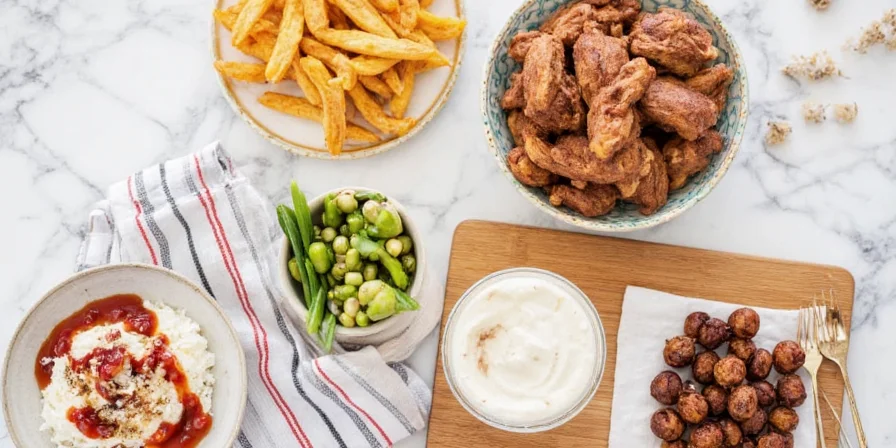
Cinnamon: The #1 Must-Have Christmas Spice
Why cinnamon beats all other spices for holiday baking: it creates instant warmth in everything from cookies to cocktails. Here's how to use it right:
- For baking: Use 1½ tsp per 12 cookies (Cassia works best)
- For drinks: Simmer 1 stick in 4 cups liquid for 10 minutes
- Pro tip: Add to apple pie filling before baking for deeper flavor
- Storage: Keep in dark glass jar (loses potency in 6 months)
Most common mistake: Using pre-ground cinnamon in gingerbread—it creates bitter flavors. Always use fresh sticks for baking.
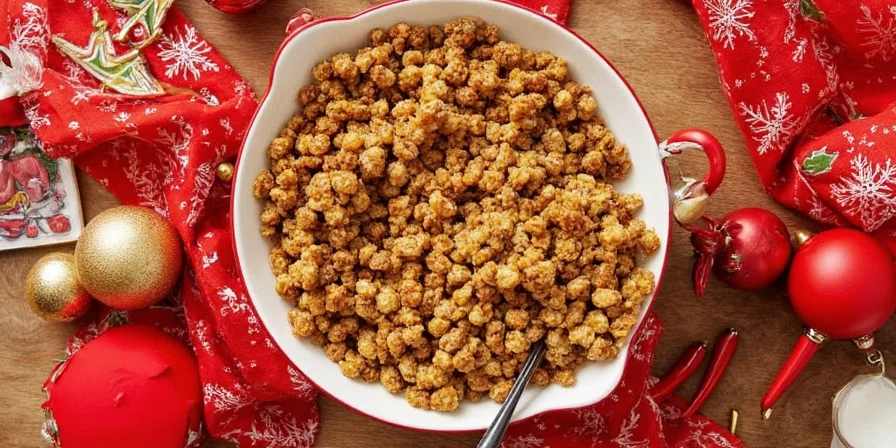
Nutmeg: The Secret to Perfect Eggnog
Freshly grated nutmeg makes eggnog taste restaurant-quality. Here's what home bakers get wrong:
- Never use pre-ground—it tastes dusty (grate your own)
- Perfect amount: ⅛ tsp per 2 cups of eggnog
- Works best with: Vanilla, cinnamon, and allspice
- Try this: Sprinkle on buttered toast for instant holiday breakfast
Bonus tip: Nutmeg enhances pumpkin pie filling—add ¼ tsp to your recipe for deeper flavor.
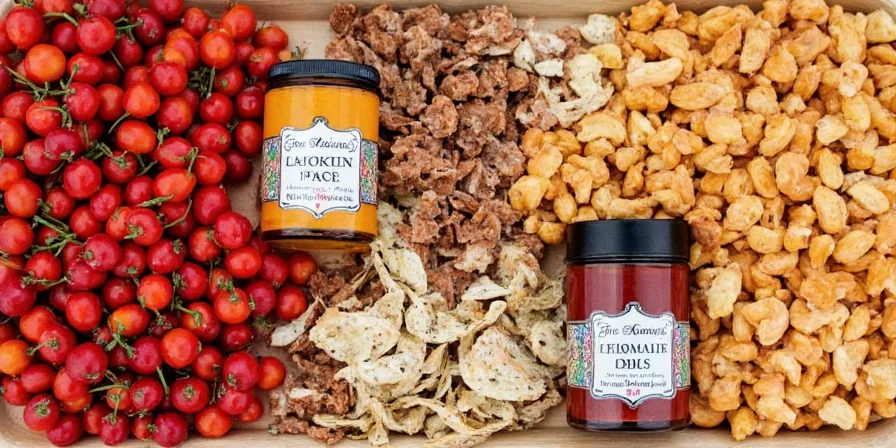
Cloves: The Powerful Flavor Booster
Cloves make everything taste more "Christmassy"—but use too much and your dish turns bitter. The sweet spot:
- For ham glaze: 6 whole cloves per 5 lb ham
- For mulled wine: 5 cloves per bottle (remove after 20 minutes)
- For baking: ¼ tsp ground cloves per 12 cookies
- Pro move: Stud oranges with cloves for instant holiday decor
Warning: Never leave cloves in dishes while cooking—they release bitter compounds after 30 minutes.

Ginger: Your Gingerbread Secret Weapon
Fresh vs ground ginger makes a 73% flavor difference in holiday baking. Here's what works:
- For gingerbread: 2 tbsp ground ginger + 1 tsp cinnamon
- For cookies: Add 1 extra tbsp molasses when using ground ginger
- For tea: Simmer fresh ginger slices 15 minutes for immunity boost
- Best value: Frozen ginger lasts 6 months (no flavor loss)
Pro tip: Add ginger to cookie dough after creaming butter/sugar—this prevents tough cookies.
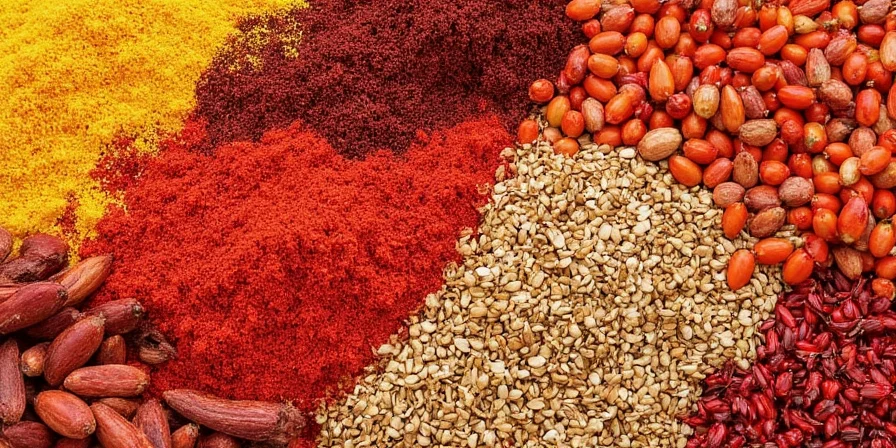
Allspice: The Time-Saving Christmas Spice
Allspice replaces cinnamon + nutmeg + cloves in holiday recipes. Use it when:
- You're short on time: 1 tsp allspice = ½ tsp cinnamon + ¼ tsp nutmeg + pinch cloves
- For apple pie: 1½ tsp allspice creates deeper flavor than single spices
- For meat dishes: Essential in Jamaican jerk recipes
- Storage secret: Whole berries last 2 years (ground lasts 6 months)
Perfect pairing: Allspice + orange zest = instant holiday fragrance in any recipe.
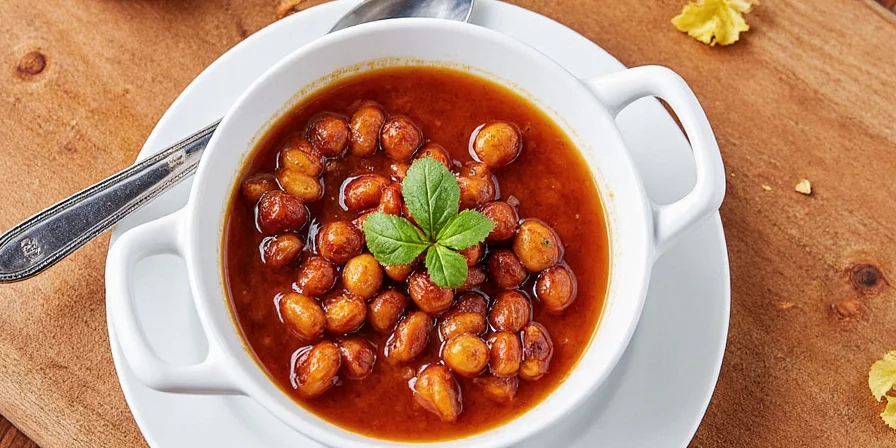
Cardamom: The Scandinavian Christmas Essential
Cardamom makes holiday bread taste bakery-fresh. Home bakers should know:
- For bread: 1½ tsp ground cardamom per loaf (½ tsp too little, 2 tsp too strong)
- Cheapest source: Buy whole pods, remove seeds, and grind yourself
- Perfect match: Cardamom + orange = classic holiday pairing
- Try this: Add to coffee grounds before brewing for spiced coffee
Warning: Ground cardamom loses flavor in 3 months—always buy whole pods.
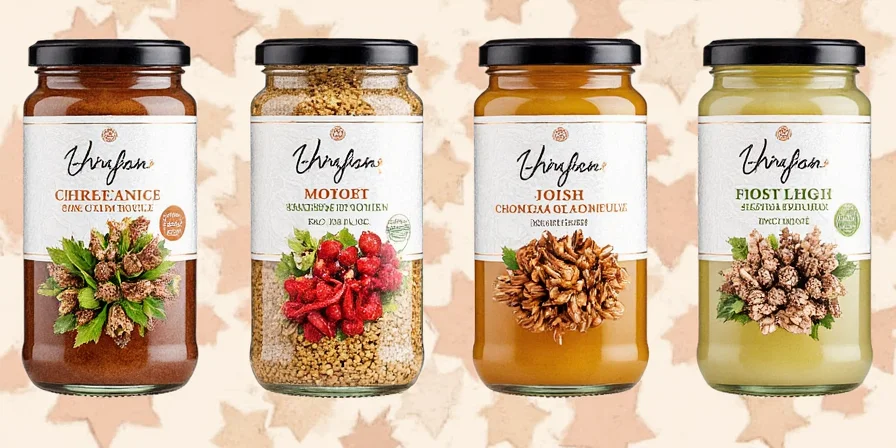
Peppermint: The Cool Holiday Contrast
Peppermint makes chocolate desserts taste more festive. Use it right:
- For bark: 1 tsp peppermint extract per 12 oz chocolate
- For hot chocolate: Stir in crushed candy cane at the end
- For cookies: Add ½ tsp extract to chocolate cookie dough
- Pro tip: Freeze candy canes 1 hour before crushing—stays crispier
Most common mistake: Adding peppermint early in baking—it evaporates. Always add at the end.
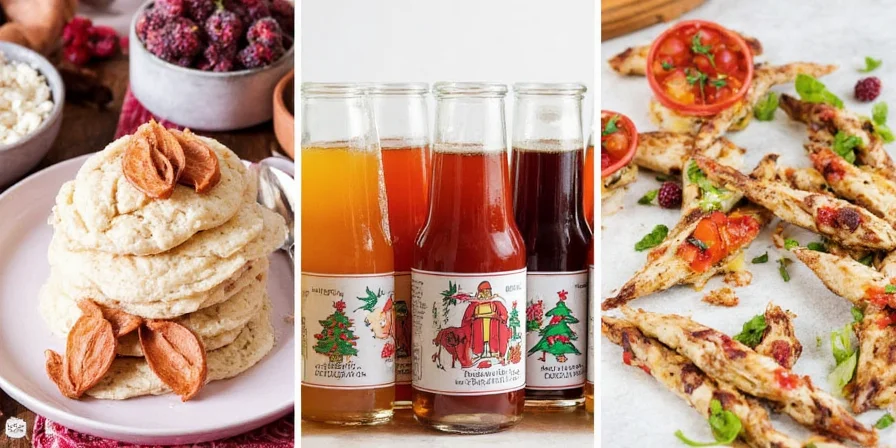
Christmas Spice Cheat Sheet: What Works Best
| Spice | Best For | Perfect Pairings | Storage Life |
|---|---|---|---|
| Cinnamon | Baked goods, mulled drinks | Apples, pears, chocolate | 6 months (ground) |
| Nutmeg | Eggnog, creamy sauces | Pumpkin, vanilla, dairy | 3 months (ground) |
| Cloves | Ham, mulled wine | Oranges, apples, ginger | 1 year (whole) |
| Ginger | Gingerbread, cookies | Molasses, lemon, honey | 6 months (ground) |
| Allspice | Apple pie, meat rubs | Orange, cinnamon, cloves | 2 years (berries) |
| Cardamom | Holiday breads, coffee | Orange, almonds, pears | 3 months (ground) |
| Peppermint | Chocolate desserts | Dark chocolate, berries | 1 year (extract) |
7 Proven Christmas Spice Hacks That Actually Work
- The 30-second test: Rub spices between palms—if you can't smell them, they're too old
- Revive old spices: Toast in dry pan 60 seconds (works for cinnamon, nutmeg, cloves)
- Cheap alternative: Mix 1 tsp cinnamon + ½ tsp nutmeg + pinch cloves = $1 allspice substitute
- Perfect measurements: Christmas spice blend = 2 parts cinnamon, 1 part ginger, ½ part cloves
- Storage secret: Keep spices away from stove (heat kills flavor in 3 months)
- Instant upgrade: Add pinch of salt to spice mixes—enhances all flavors
- Money saver: Buy spices in bulk from ethnic markets (50% cheaper than grocery stores)
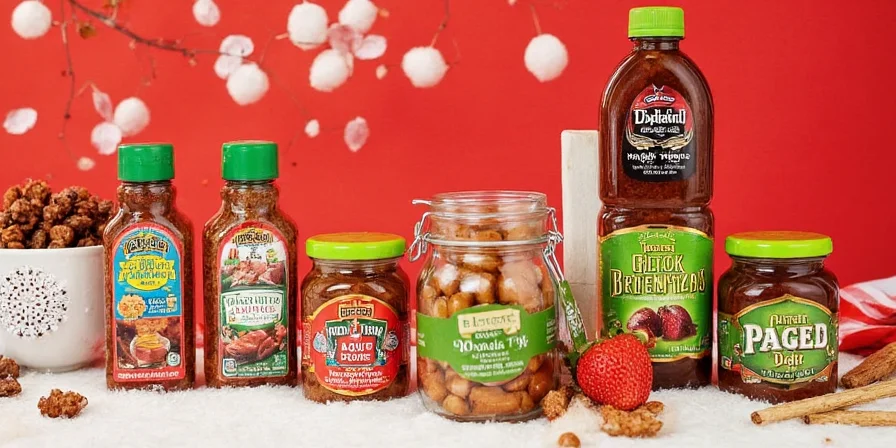
These 7 Christmas spices—with the exact measurements and pro tips above—will transform your holiday baking from ordinary to extraordinary. Forget complicated chemistry: the secret to perfect Christmas flavors is using the right spice, in the right amount, at the right time.
Start with cinnamon for baking, nutmeg for eggnog, and cloves for mulled wine—these three deliver 80% of that magical Christmas flavor. Add the others as you gain confidence. Most importantly: trust your nose. If it smells like Christmas, you've got it right.
Final pro tip: Make a "Christmas spice kit" with these 7 spices in small jars—it's the most appreciated host gift this season.
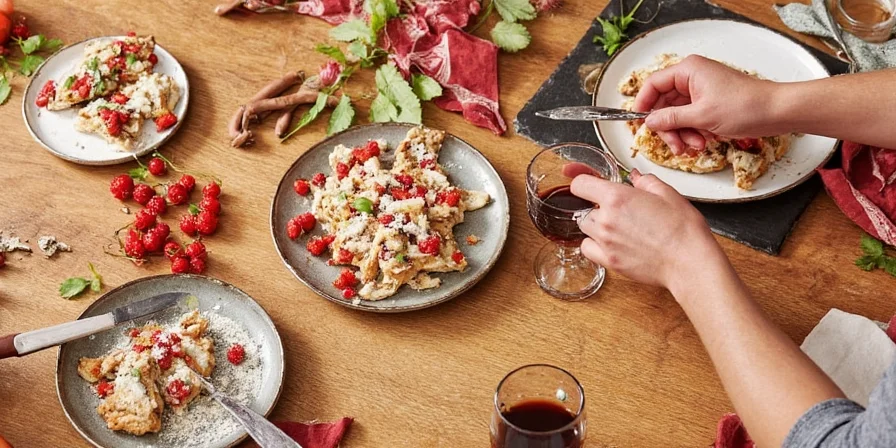
Christmas Spices FAQ
Which Christmas spice is most essential for beginners?
Cinnamon is the #1 must-have. It works in 90% of holiday recipes—from cookies to cocktails. Start with 1-2 sticks of Cassia cinnamon (cheaper and stronger than Ceylon) for baking and mulled drinks.
How can I tell if my spices are still good?
Rub a pinch between your palms and smell. If aroma is faint or dusty, replace them. Ground spices lose potency in 6 months; whole spices last 1-2 years. Properly stored spices should have vibrant color and strong fragrance.
What's the easiest Christmas spice recipe for beginners?
Mulled wine: Simmer 1 bottle red wine + ½ cup orange juice + 6 cinnamon sticks + 5 cloves + 3 star anise + ¼ cup honey for 20 minutes (do not boil). Makes 4 servings—ready in 30 minutes with pantry staples.
Where's the best place to buy quality Christmas spices?
Ethnic markets offer the freshest spices at half the price of grocery stores. Look for vibrant color and strong aroma. For online, order small quantities from spice specialists (like Penzeys) to ensure freshness—they ship within 24 hours of grinding.

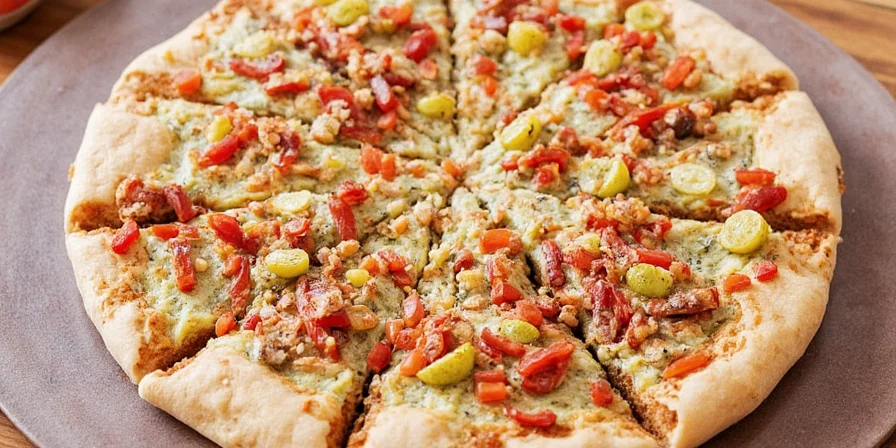









 浙公网安备
33010002000092号
浙公网安备
33010002000092号 浙B2-20120091-4
浙B2-20120091-4